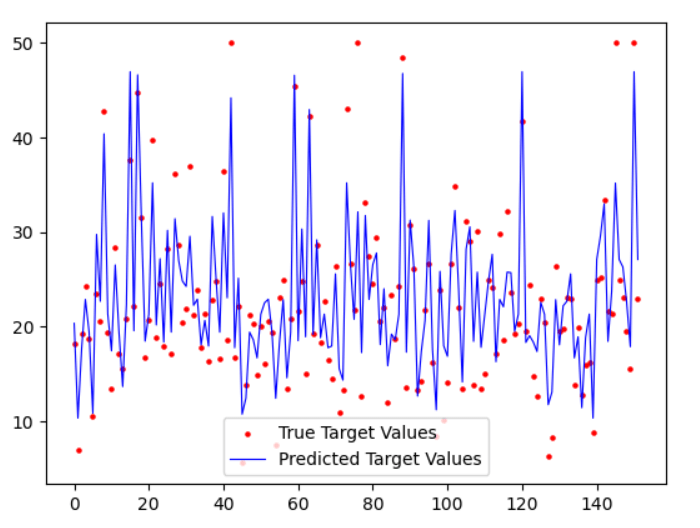Python Tutorial
Python OOPs
Python MySQL
Python MongoDB
Python SQLite
Python Questions
Plotly
Python Tkinter (GUI)
Python Web Blocker
Python MCQ
Related Tutorials
Python Programs
Sklearn EnsembleMultiple machine learning algorithms are used in ensemble learning, aiming to improve the correct prediction ratio on a dataset. A dataset is used to train a list of machine learning models, and the distinct predictions made by each of the models applied to the dataset form the basis of an ensemble learning model. The ensemble model then combines the outcomes of different models' predictions to get the final result. Each model has advantages and disadvantages. By integrating different independent models, ensemble models can effectively mask a particular model's flaws. Typically, ensemble techniques fall into one of two categories: BoostingBy transforming poor learning models into strong learners, the boosting machine learning ensemble model uses the approach to lower the bias and variance in the dataset. The dataset is sequentially introduced to poor machine-learning models. The first stage is to make a preliminary model and fit that model into the created training dataset. Then, a secondary model that aims to correct the previous model's flaws is fitted. Here is the step-wise detail of the complete procedure:
We can determine the final model by weighing the average of each model. Examples: AdaBoost, Gradient Tree Boosting AveragingIn averaging, the final output is an average of all predictions. This goes for regression problems. For example, in random forest regression, the final result is the average of the predictions from individual decision trees. Let's take an example of three regression models that predict the price of a commodity as follows: regressor 1 ? 200 regressor 2 ? 300 regressor 3 ? 400 The final prediction would be an average of 200, 300, and 400. Examples: Bagging methods, Forests of randomized trees Some Sklearn Ensemble Methods
AdaBoostThe result of averaging is a mean of all the predictions made by different. This is used for regression cases. The outcome, for instance, in random forest regression is the mean of the forecasts from many decision trees. Let's look at an illustration of 3 regression models that forecast the cost of a good: 100 by Regressor 1 300 by regressor 2 400 by regressor 3
AdaBoost Classifier ExampleCode Output 0.0989747095010253 AdaBoost Regressor ExampleCode Output The mean of the cross-validation scores: 0.7728539924062154 The average Score of KFold CV: 0.7966820925398042 The Mean Squared Error: 14.201356518866593 The Root Mean Squared Error: 3.768468723349922 
BaggingBagging is one of the Ensemble construction techniques, which is also known as Bootstrap Aggregation. Bootstrap establishes the foundation of the Bagging technique. Bootstrap is a sampling technique in which we select "n" observations from a population of "n" observations. But the selection is entirely random, i.e., each observation can be chosen from the original population so that each observation is equally likely to be selected in each iteration of the bootstrapping process. After the bootstrapped samples are formed, separate models are trained with the bootstrapped samples. In real experiments, the bootstrapped samples are drawn from the training set, and the sub-models are tested using the testing set. The final output prediction is combined across the projections of all the sub-models. Bagging Classifier ExampleCode Output 0.9179254955570745 Bagging Regressor ExampleCode Output Mean score and standard deviation: -114.10792855309286 5.633321726584775
Next TopicParse date from string python
|
 For Videos Join Our Youtube Channel: Join Now
For Videos Join Our Youtube Channel: Join Now
Feedback
- Send your Feedback to [email protected]
Help Others, Please Share










